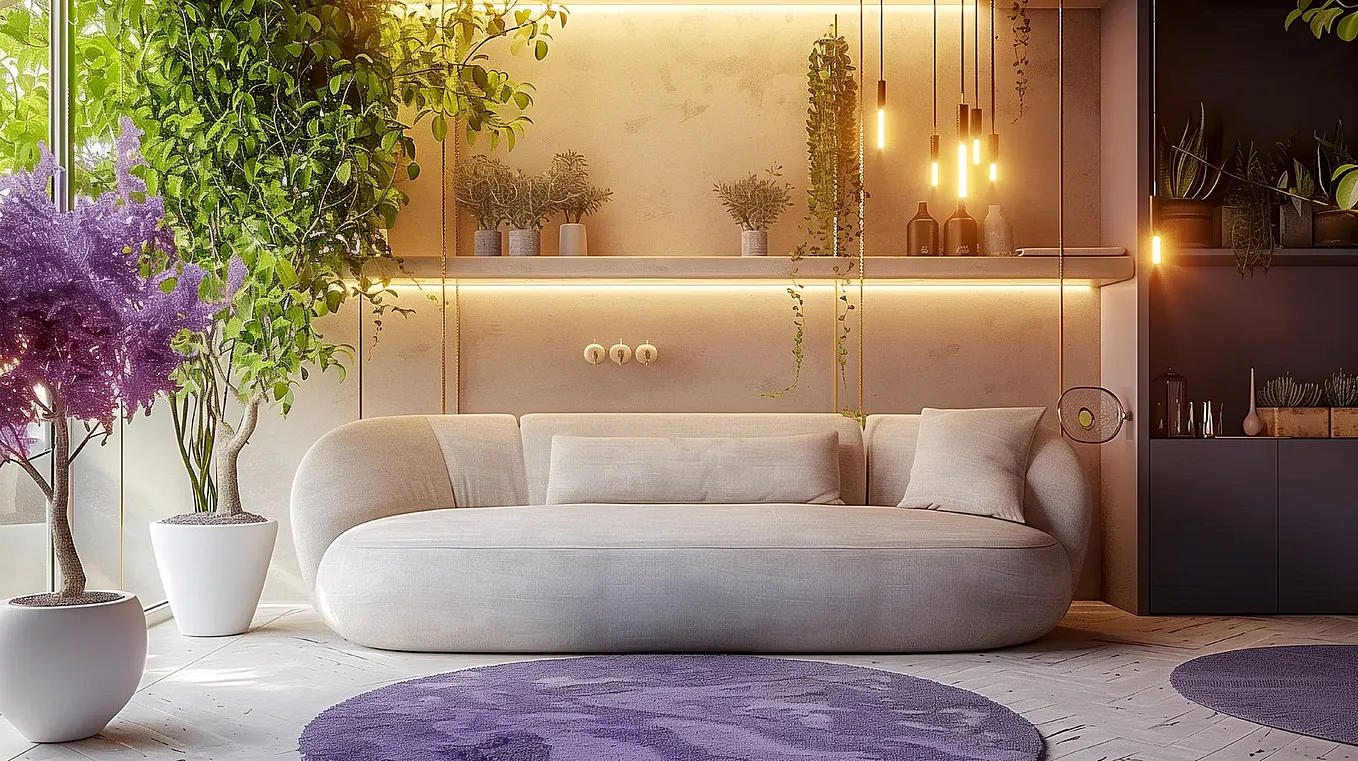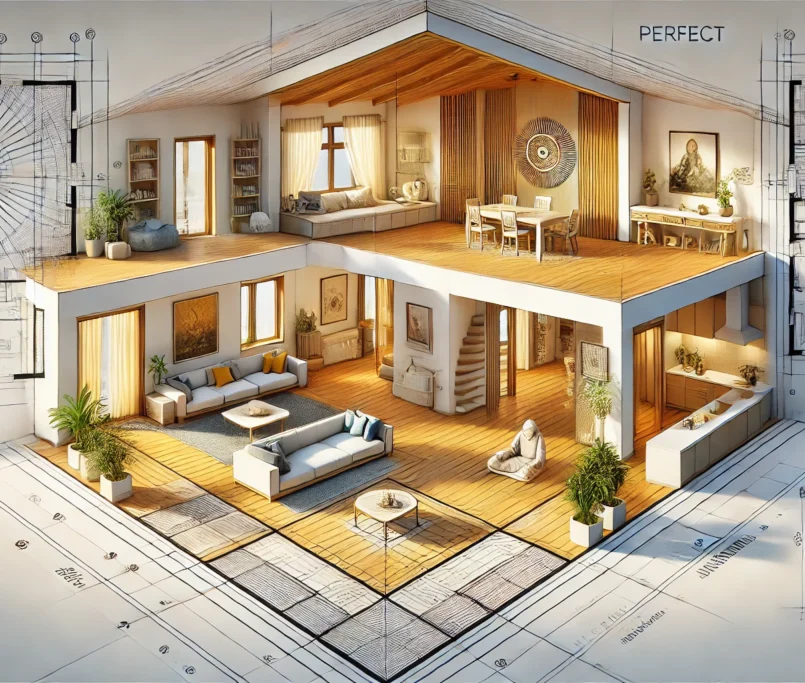Interiors That Speak Louder Than Dialogue: What OTT Set Design Is Telling Us About Ourselves
By Tanu Gupta, Principal Designer & Astro-Vastu Specialist
Some stories unfold not through words, but through wallpaper.
If you’ve been watching closely this OTT season, you’ll notice a quiet design revolution not in the characters or dialogue, but in the rooms themselves. From the brocade-drenched courtyards of Heeramandi to the cold perfection of Succession’s penthouses, interior design has become a mirror reflecting our emotions and cultural cravings.
As a designer, I often say: A space doesn’t just hold a story it tells one.
And what these interiors are whispering to us is deeply human: a longing for softness in a sharp world, ritual in chaos, and fantasy in our pragmatic lives.
Let’s explore the OTT sets redefining modern design and what they tell us about ourselves.
1. Heeramandi: Decadence as a Defense Mechanism
Bhansali doesn’t just direct; he seduces with arches, inlays, and mirror panels. Heeramandi is a masterclass in colour therapy: emerald velvets, crimson brocades, and brass urli lighting casting spiritual shadows.
But beneath the opulence lies tenderness, a longing for power in a world that commodifies femininity. These spaces aren’t just beautiful; they’re armor. Gilded, perfumed, haunting.
Design takeaway:
Layered textures, antique finishes, and handcrafted detailing are returning not from nostalgia, but from a collective hunger for rootedness in an ever-changing world.
2. Succession: The Emotional Chill of Minimalism
You don’t watch Succession for warmth and its interiors prove it. Logan Roy’s penthouses and yachts exude icy power: creamy travertine, matte black, and enough empty space to suggest detachment. Everything is expensive. Everything is empty. Intimacy feels like a liability.
Design takeaway:
Ultra-minimalism is more than a trendit’s emotional self-preservation disguised as aesthetic purity. Blonde oak, black steel, and beige silence define the new power aesthetic.
3. The Bear: Organized Chaos, Designed to Heal
Carmy’s kitchen is more than a setit’s a story of survival. Stainless steel counters, rigid grids, and monochrome walls echo control and discipline. Yet, amidst the industrial grit are tender pockets: a handwritten label, a warm corridor, a pause in the frenzy.
The kitchen evolves with Carmy’s emotional journey.
Design takeaway:
Brutalist materials like concrete, metal, and glass can feel warm when balanced with honest lighting, intentional design, and personal touches.
4. Bridgerton: Regency Pastels for Modern Romantics
If dopamine had a drawing room, it would exist in Bridgerton.
Season 3’s palette-powdered lavender, lemon sorbet, and frothy pink feels dreamy yet confident. Its soft maximalism mirrors Penelope’s blossoming arc: as her heart opens, so does her world.
Design takeaway:
Pastel maximalism is evolving less sugary, more story-rich. Mix toile wallpaper with aged brass, and pair antique mirrors with modern florals. Elegance and emotion can coexist beautifully.
5. Made in Heaven: When Tradition Wears a Smokey Eye
Watching Made in Heaven feels like seeing India through a millennial lensreverent yet rebellious. This season blends haveli weddings with neon lights, jharokhas with modern art, and bridal lounges that rival Milan’s fashion tents.
Design takeaway:
Fusion design isn’t about East-meets-West anymore. It’s about soulful nostalgia meeting fearless self-expression. Think terrazzo with temple bells, ikat on brutalist sofas, no rules, just stories.
6. House of the Dragon: Darkness That Defines Depth
The interiors of House of the Dragon are not comforting, they’re commanding. Firelit corridors, stone thrones, and shadowed halls embody grief, power, and legacy. Luxury here doesn’t shimmer; it smolders.
Design takeaway:
There’s beauty in brooding spaces. Distressed textures, aged metals, and shadowy palettes create rooms that feel carved, not decorated.
7. Loot: Whimsy for the Wealthy
Maya’s world in Loot is a billionaire’s playground of imagination, jewel-toned chairs, oversized mushroom lamps, and playful art. It’s whimsical, theatrical, and delightfully self-aware.
Design takeaway:
Maximalism shines brightest when it’s personal. Your interiors should feel autobiographical story told through your quirks, travels, and treasures.
The Real Plot Twist: Our Changing Relationship with Space
Across continents and genres, these OTT interiors reveal something profound:
We no longer desire homes that just look good we want homes that feel like us.
Whether that “us” is romantic, chaotic, serene, or indulgent, design today is about emotional storytelling. Set design is no longer the background; it’s the emotional foreground.
Designing Spaces That Feel
Your space doesn’t need to perform it needs to feel.
Like any great story, it should leave you seen, stirred, and a little more whole than before.




